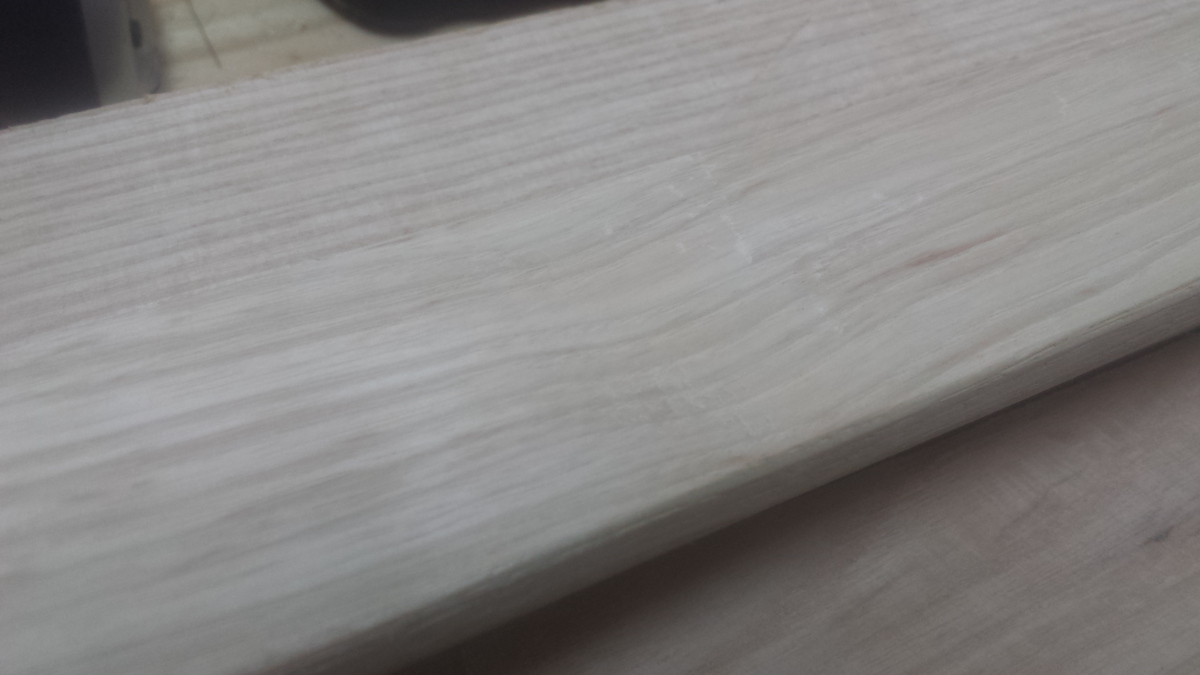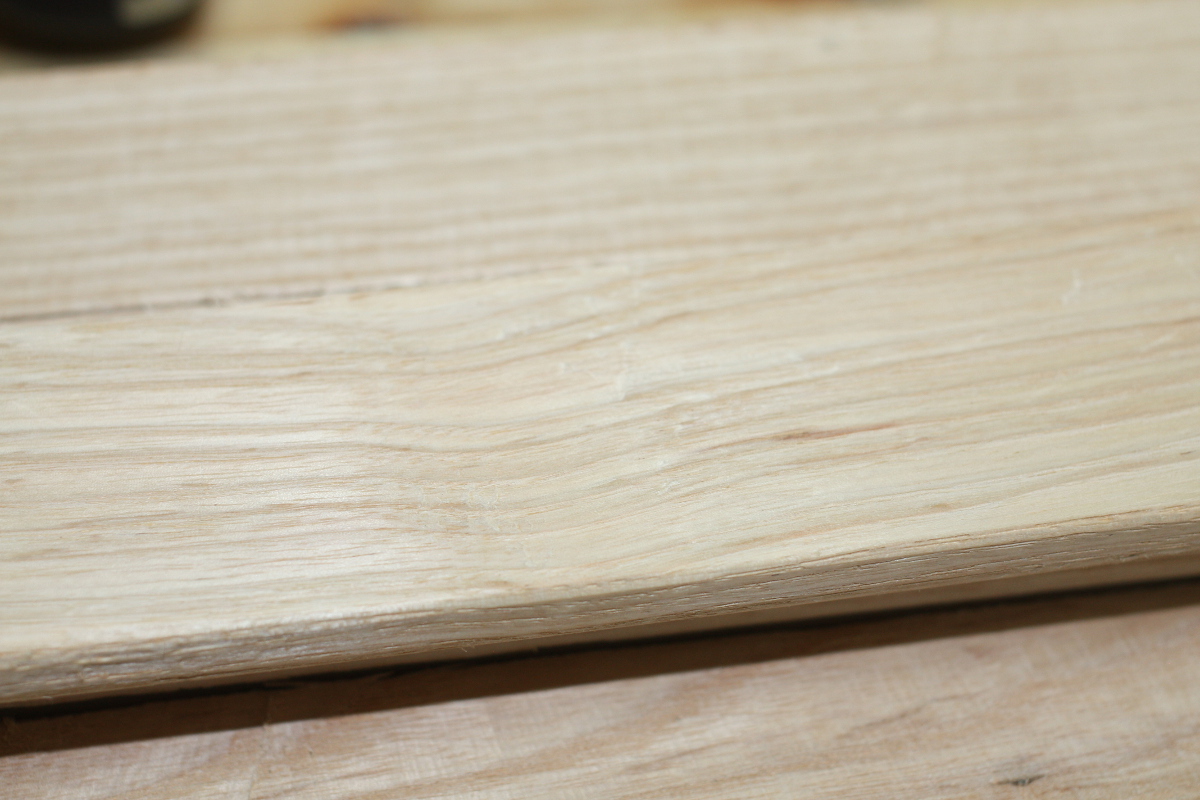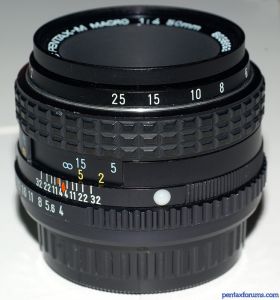You are using an out of date browser. It may not display this or other websites correctly.
You should upgrade or use an alternative browser.
You should upgrade or use an alternative browser.
Cameras
- Thread starter MarkDennehy
- Start date

Help Support UKworkshop.co.uk:
This site may earn a commission from merchant affiliate
links, including eBay, Amazon, and others.
MarkDennehy
Established Member
Samsung S4 cameraphone, so fairly old, and in a shed under LED 6300K lighting. Still though...
That's surprising ! I had the s3 before my s5 and that would take better pics unless too close. I could get better close up pics by taking a pic far away and then cropping using the phone tool. Back in the day camera phone quality use to be one of the main factors in choosing a phone. Last few years they've got good enough that I don't need to worry about quality as much. I'd stick with Samsung though, just because.
Coley
Coley
MarkDennehy
Established Member
Eh. These days I just buy the cheapest that's still supported. My S4's not died yet, but for toddler-chewing-related reasons I didn't think i'd last this long (BTW? Otterbox defender cases. Awesome things), so I have a backup (need the phone for work) which is a Landvo L200 that cost me €80 delivered, fully unlocked, ready to use on anything I wanted. The hardware (bar the screen which they had a manufacturer lockin contract for and LTE which wasn't really out when it was made) was pretty much the equal of the iPhone 6. Once you're willing to step back from the bleeding edge, it's remarkable what you can find like that.
Eric The Viking
Established Member
- Joined
- 19 Jan 2010
- Messages
- 6,599
- Reaction score
- 76
graduate_owner":x6r1fpzf said:Hi Erik, and apologies for keeping on about this, but what exactly does manal control mean? Would the lenses stop down automatically on releasing the shutter or would it be manual diaphragm?
Fully manual means you do everything. So that's focus, exposure calculations, and setting the aperture before taking the picture, and then opening up the lens again afterwards.
That's how it is using Pentax lenses on Canon. It's a PITA when I do portraiture, as the standard firmware doesn't let me have very low sensitivity ("ISO film speed"), so I have to use an ND filter on the lens (to be able to use it at f/2 with lighting), making the viewfinder rather dark (and impossible to make lighter in use). Live view (on the rear LCD screen) makes this a lot easier though.
On Pentax bodies it is slightly more complex. Some older digital bodies have the mechanical linkage for older lenses, so those work as they did on the chemical cameras they were designed for. My istD had this and all my older lenses worked normally.
My understanding is that, if those lenses are fitted to newer bodies (without the lens-coupling mechanics), auto-focus works because it's electronic, but not auto stop-down, because it's mechanical. To be fair, the older Pentax AF lenses were pretty horrible, and only really popular with consumer cameras - nasty glass and mechanics - so you wouldn't want to use them anyway.
I *think* later, all-electronic lenses, still using the physical "K" bayonet, work as they originally did. I welcome correction on this, as by then (the last generation of film bodies) Pentax were in a commercially bad way, and had lost a lot of market share. I'm not sure how much of that kit was made, or what it was, or how good it was.
Screwthread (M42) lenses will never have automatic functions on later cameras. They were fully manual on K-series film cameras too - I still have a couple of the official adaptors for them. Those just screw on to provide a bayonet flange. The pin is well out of the way of the mirror at the bottom of the body opening, so I can't see it being a problem with digital bodies, even Canon.
Note on focus: screwthread-to-bayonet Pentax lens adapters don't affect the lens focus (or they shouldn't), but the Pentax-bayonet-to-Canon does, slightly. It has to have some physical thickness, so it moves the lens a few mm away from the sensor, compared to where it would have been on a film body. This means you lose infinity focus, For long f/l lenses this isn't a problem (usually), and you can sometimes even remove the infinity stop on the lens to completely restore it, although the scale on the lens itself will be wrong. Video and movie lenses have traditionally let you move the ring beyond infinity focus anyway, so this isn't as drastic as it seems, and most camera repairers can quickly tell you if it's possible on a specific lens.
FWIW, the lens-body digital interface is pretty complex, so I doubt there will ever be any adaptor that makes any Pentax lens talk to a Canon body's computer. It's been fairly well reverse engineered, but there wouldn't be much of a market for the necessary microcontroller.
E.
graduate_owner
Established Member
Thanks Eric,
K
K

£19.33 (£3.87 / count)
£19.99 (£4.00 / count)
Stealth Lite Pro FFP3 Face Masks UK Certified Dust Mask. 99.99% particle filtration, air filter reusable face mask. FFP3 Mask -7 day use per Construction, Woodworking, DIY and Welding Mask
Amazon.co.uk

£17.99 (£1.80 / count)
£27.44 (£2.74 / count)
3M 8822 Disposable-fine dust mask FFP2 (10-pack)
Amazon.co.uk

£13.99 (£2.80 / count)
VEVOX® FFP1 Dust Mask - Set of 5 - Valved Face Masks - Respirator - Protection e.g. for Construction, Building Work, Sanding, Woodworking, Fine Dusts, Aersoles or Particles
SLSK Ventures GmbH (UK)

£12.50 (£1.25 / count)
£14.45 (£1.44 / count)
JSP M632 FFP3moulded Disposable Dustmask (Box of 10) One Size suitable for Construction, DIY, Industrial, Sanding, dust protection 99 Percent particle filtration Conforms and Complies to EN 149
Amazon.co.uk
RogerS
Established Member
woodpig":2csyrvji said:bugbear":2csyrvji said:Slightly odd - I'd have thought Contax for SLR and Leica for Rangefinder, Hassleblad for medium format, if you want "Classic German"
BugBear
Hassleblad are Swedish. :roll:
I do know where there is a Hasselblad going free.
RogerS
Established Member
MarkDennehy":183a9rcc said:transatlantic":183a9rcc said:I have no doubt that the Camera phone won't be as good, but at least make it a fair test by taking the same shot!
I did, it was worse
Same photo, same time, same location (slightly different framing because of moving the camera to get the same object in frame, the canon had to be moved back a bit), no post-processing other than scaling the image down to 1200x800:
Cameraphone:

Canon 450D:

Honestly, I'm so impressed by it, I'm seriously considering comparing it to the D70 when the D70 arrives and possibly returning the D70 and buying my workmate's 450D off him as he's looking to sell it. I just need to find another workmate with an F-type nikon lens I can borrow for a day first
Have to confess that I too am under-whelmed by the quality of photos from the two most recent smartphones I've had. Purportedly to be the bees knees at the time and got good reviews. My photos taken with them are usually very soft and the colour rendition poor.
MattRoberts
Established Member
I have the galaxy s7, and I have to say that for the first time ever, the camera on it has replaced my use of my Nikon D7000 for all but landscapes.
The quality is amazing, and it's so much more convenient and fast to use.
A few example shots:




The quality is amazing, and it's so much more convenient and fast to use.
A few example shots:




MattRoberts
Established Member
Yes he is - we look after dogs on occasion, and Monty came to stay with us. Our Gizmo (the lab cross Staffy) is always happy for a play mate!Claymore":1hnh4gih said:what a pair of cute dogs! is the first one a French Bulldog?
Brian
lurker
Le dullard de la commune
MattRoberts said:I have the galaxy s7, and I have to say that for the first time ever, the camera on it has replaced my use of my Nikon D7000 for all but landscapes.
Its not burst into flames yet then?
http://www.bbc.co.uk/news/business
Eric The Viking
Established Member
- Joined
- 19 Jan 2010
- Messages
- 6,599
- Reaction score
- 76
Claymore":3e94igf5 said:It was on a set of cheap extension tubes with AF chip (manual focus but the camera beeps when you get the focus right) mounted on a tripod and... self timer.
I do exactly the same on the Canon (the PK-Canon adaptor ring has a focus-confirm chip), but with the Pentax f/4 macro:

Wish I had the 100mm though, as that's much more useful. The 50mm gets in its own way rather a lot. Nice lens all the same. I've been wondering about trying to sort out some sort of tilt/shift (I have an old bellows with PK rings), but the mechanics are beyond me, and anyway on 35mm it's of limited use that far from the film plane. Anything for Canon is silly money (usually), so that's something I'll have to forego, I fear.
I've really, really struggled with macro lighting though. I have a 1m tent, and built a rig to mount a variety of light sources, and a turntable with optional glass plate, but I've really struggled to get professional-looking results. The really tricky stuff is anything shiny - I never seem to achieve lighting that's soft enough.
Any tips appreciated.
E.
PS: I do mean macro, i.e. 1:1 (-ish) at the film plane. Micro- seems easier for some odd reason.
MarkDennehy
Established Member
How do you think it gets such great photos in low-light conditions? It's its own lightsourcelurker":16pd2pjw said:Its not burst into flames yet then?MattRoberts":16pd2pjw said:I have the galaxy s7, and I have to say that for the first time ever, the camera on it has replaced my use of my Nikon D7000 for all but landscapes.
RogerP
Established Member
Well I've yet to find anything that PS can do that I can't do with Gimp. So I guess I'm not in that 1% either.MarkDennehy":px0wam0c said:Er, no it's notRogerP":px0wam0c said:Gimp is ... just as powerful as PS

But it *is* good enough for 99% of people and I'm not in the 1%

I use Gimp 2.9.1 in single-window mode.
MattRoberts
Established Member
That's the Note 7, not the S7 thankfully!lurker":1dugvzni said:MattRoberts":1dugvzni said:I have the galaxy s7, and I have to say that for the first time ever, the camera on it has replaced my use of my Nikon D7000 for all but landscapes.
Its not burst into flames yet then?
http://www.bbc.co.uk/news/business
MattRoberts
Established Member
Eric The Viking":3vmtu9ta said:I've really, really struggled with macro lighting though. I have a 1m tent, and built a rig to mount a variety of light sources, and a turntable with optional glass plate, but I've really struggled to get professional-looking results. The really tricky stuff is anything shiny - I never seem to achieve lighting that's soft enough.
Any tips appreciated.
E.
PS: I do mean macro, i.e. 1:1 (-ish) at the film plane. Micro- seems easier for some odd reason.
Have you tried a ring flash?
Eric The Viking
Established Member
- Joined
- 19 Jan 2010
- Messages
- 6,599
- Reaction score
- 76
Was waiting for someone to ask that: Yes, I have one, and it's a proper ring, not several lamps round the perimeter. It may be that the one in question doesn't offer fine enough control, but bracketing doesn't seem to help.
I was experimenting with jewellery - it's technically the hardest subject I've ever tried to take pictures of. 1/3 stop either way is the difference between just acceptable and rubbish,
It beat me :-(
E,
I was experimenting with jewellery - it's technically the hardest subject I've ever tried to take pictures of. 1/3 stop either way is the difference between just acceptable and rubbish,
It beat me :-(
E,



























